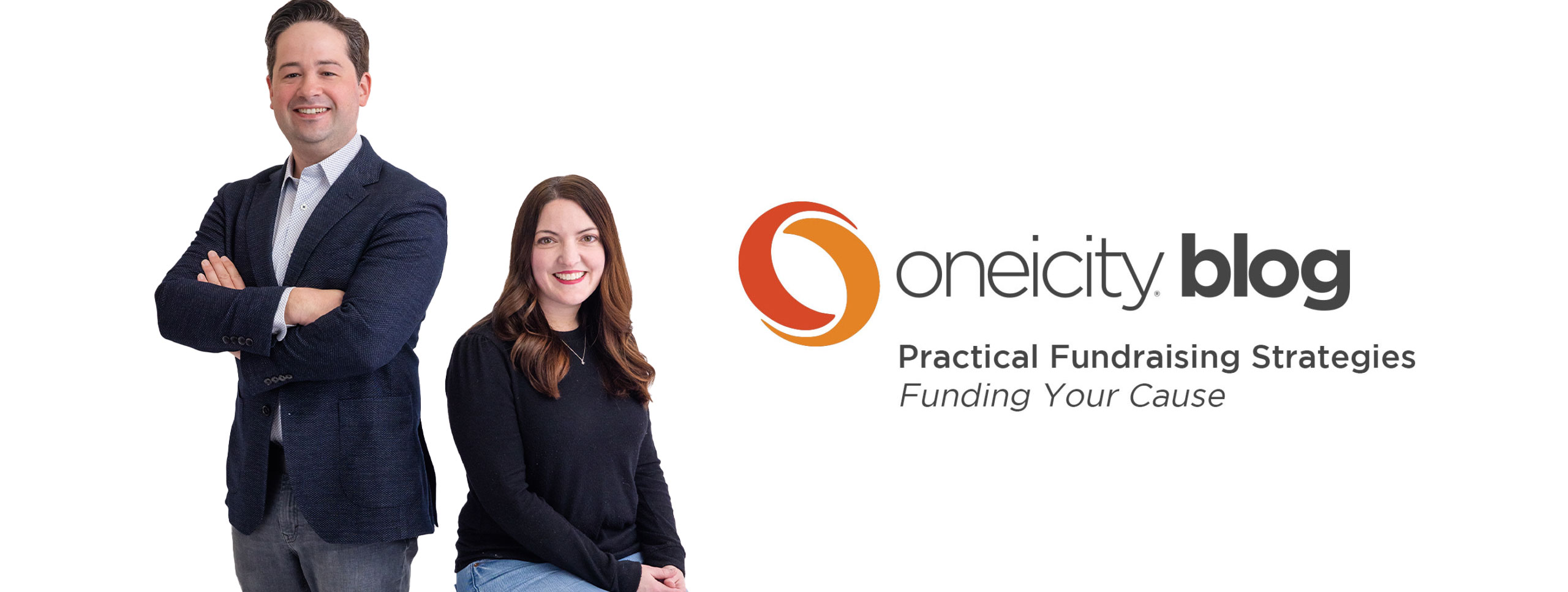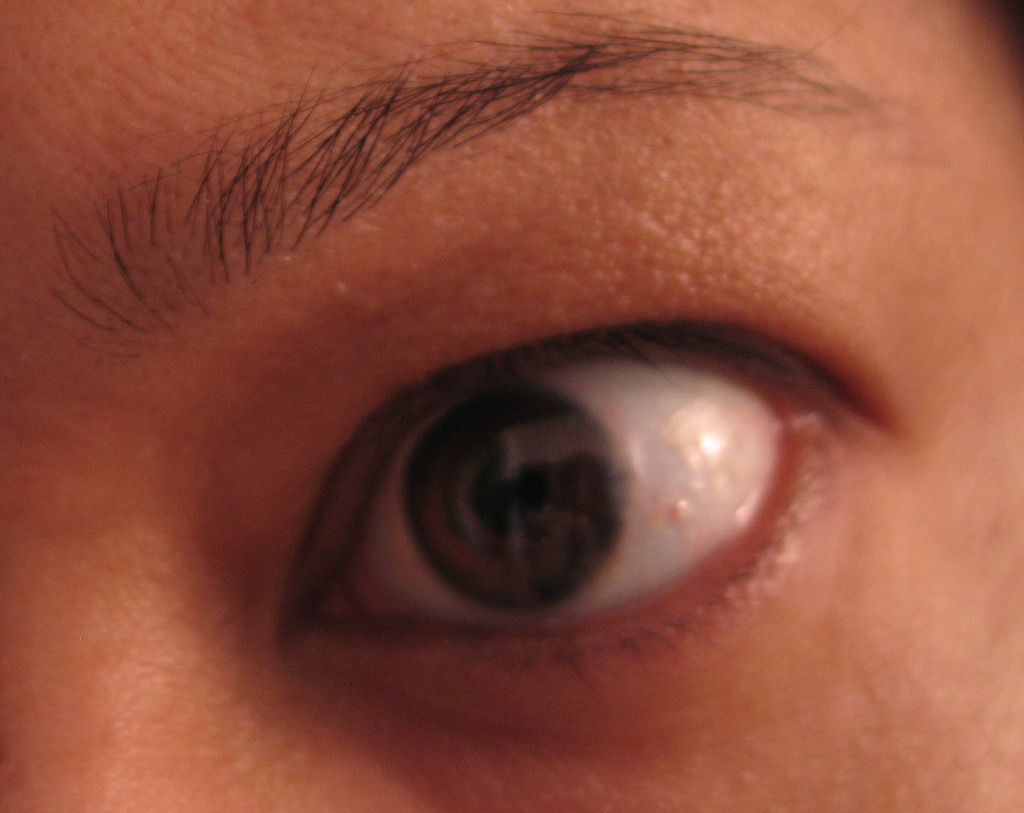As part of our work, I review a ton of development and fundraising messaging. I see one mistake in nearly 100% of the copy, scripts and pitches I review. It’s one mistake that if you can fix it, you’ll see a nice uptick in income.
Ready?
Well, not so fast.
I need to start by telling you about my doctor: “Dr. Mark.”
Hoots and I are blessed to have a great doctor. He’s close to my age and we share common values and similar life-stuff. He puts up with my craziness and the parts of my life that I’m not willing to change.
A few months ago I had an eye bump pop up in my right lower lid. It started out small and angry looking. Then it grew to the size of a small angry planet and became the “Eye Bump.” Over a couple of weeks it continued to grow and grow. I was ready to get the Eye Bump its own zip code.
Home remedies didn’t solve it. The Eye Bump laughed at those and grew. The optometrist didn’t know what to do with it. She referred me to a “lid specialist” who proceeded to give me an appointment a month away.
I couldn’t wait that long, people were staring.
At dinner one night with clients, one couldn’t take her eyes of the Eye Bump. I had spent the evening trying to convince myself that she wasn’t staring at the Eye Bump when she whispered across the table to me: “Is that thing going to pop?”
Great. I knew I needed quit fooling around and get some help.
Hoots called Dr. Mark’s office the next morning and I was in a couple of hours later.
The Eye Bump and I were sitting on the table when Dr. Mark walked in. He burst out laughing when he saw me and the Eye Bump sitting there. We have that kind of relationship.
I was thankful he didn’t put on biohazard suit to check it out (I did notice him double-checking his gloves when first started to examine the Eye Bump — I think he may have been worried about it popping, too.) He did one of those long, low whistles that let me know I wasn’t exaggerating how bad the Eye Bump had become.
Here’s what he told me. “We have to deal with this soon. It’s not impacting your vision or your eye, but it’s a wicked infection that isn’t going to get better and could get a whole lot worse.”
He stepped out of the exam room for a minute. When he came back he looked me in the Eye Bump and said. “Here’s what you need to do. I have an appointment for you tomorrow with a specialist. They’re going to work you into their schedule at 11 and he will take care of it. You need to go see him tomorrow. Don’t mess around with this.”
I didn’t mess around. After a minor “procedure” (which equaled 2 steroid shots IN MY EYE LID!), fistfuls of antibiotics, gooey eye-cream and three weeks to recover. I’m fine. The Eye Bump is gone.
So did you notice what Dr. Mark did that you have to do in your fundraising messaging?
He gave me a clear call-to-action. Bonus points to him for making it easy for me to follow.
Want more income? Do what Dr. Mark did.
Give me a clear, easy to follow call to action. A missing bold, clear and easy-to-follow call-to-action is the single biggest and easiest-to-solve mistake I see in fundraising.
Tell me what you want me to do. If you want me to give. Tell me what you want me to do and what happens if I do. If you want me to volunteer, ask me to. Tell me how I’ll be different by doing that.
Don’t write me a nice letter telling about problems and issues without giving me your solution and telling me what I need to do.
Hinting won’t do it.
Assuming that I’ll do the right thing won’t do it.
Leaving it up to us won’t work.
What does that look like?
How about this for a clear call to action?
“Steve, if we’re going to solve the poverty problem in our area, we need your help. Your gift of $200 would provide GED training for 10 people who desperately need help finding jobs. Would you please help?”
Or:
“Steve, it only costs $20 to provide materials and GED tutoring for someone who can’t find a job in this tough economy. We’re helping people who want to work but lack of education is a major barrier to them ever living a self-sufficient life. Would you give $200 to help 10 men or women get their GEDs and be on the road to a different life.”
Give a clear, easy to follow call to action and your donors will respond.
Obviously, the call-to-action isn’t the entirety of a great fundraising strategy, but it is one that if you change it, your donors will respond. And it’s one that’s easy to miss.
So what about you? Do you (or your charity) struggle to give clear, easy-to-follow calls-to-action? What barriers have you seen to good calls-to-action? I love hearing what you’re up to.
![]()
Steve Thomas
Partner, Oneicity
(photo credit: Nieve44/Luz)

